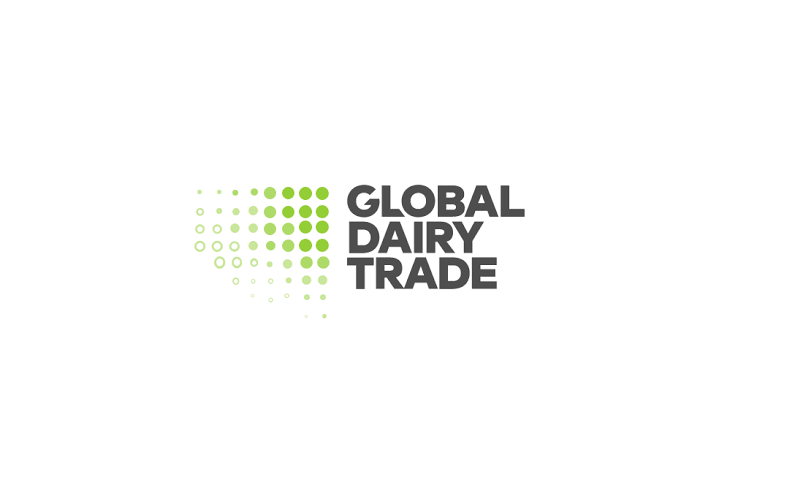In Kyrgyzstan, Dairy Plants with Export Licenses Operate at Only 60% Capacity

The key factor for the underutilization of factories is the systemic shortage of high-quality raw milk. As noted by fund experts, this creates obstacles to increasing the industry's export potential while simultaneously opening up opportunities for developing new models of agricultural assembly and logistics.
IFAD emphasizes that the limited availability of standardized industrial-quality milk creates a need for sustainable infrastructure: village-level collection points, a modernized cold chain, and integrated medium-sized farms managed by cooperatives.
According to the report, a significant portion of the milk produced remains within households: farmers consume it themselves, process it into traditional products like ayran, cottage cheese, and kurut, and sell it in local markets. Only the remaining portion is supplied to industrial enterprises.
By the end of 2024, the country produced 1.8 million tons of raw milk. About half of the volume comes from peasant farms, with the other half from personal subsidiary farms of the population.











